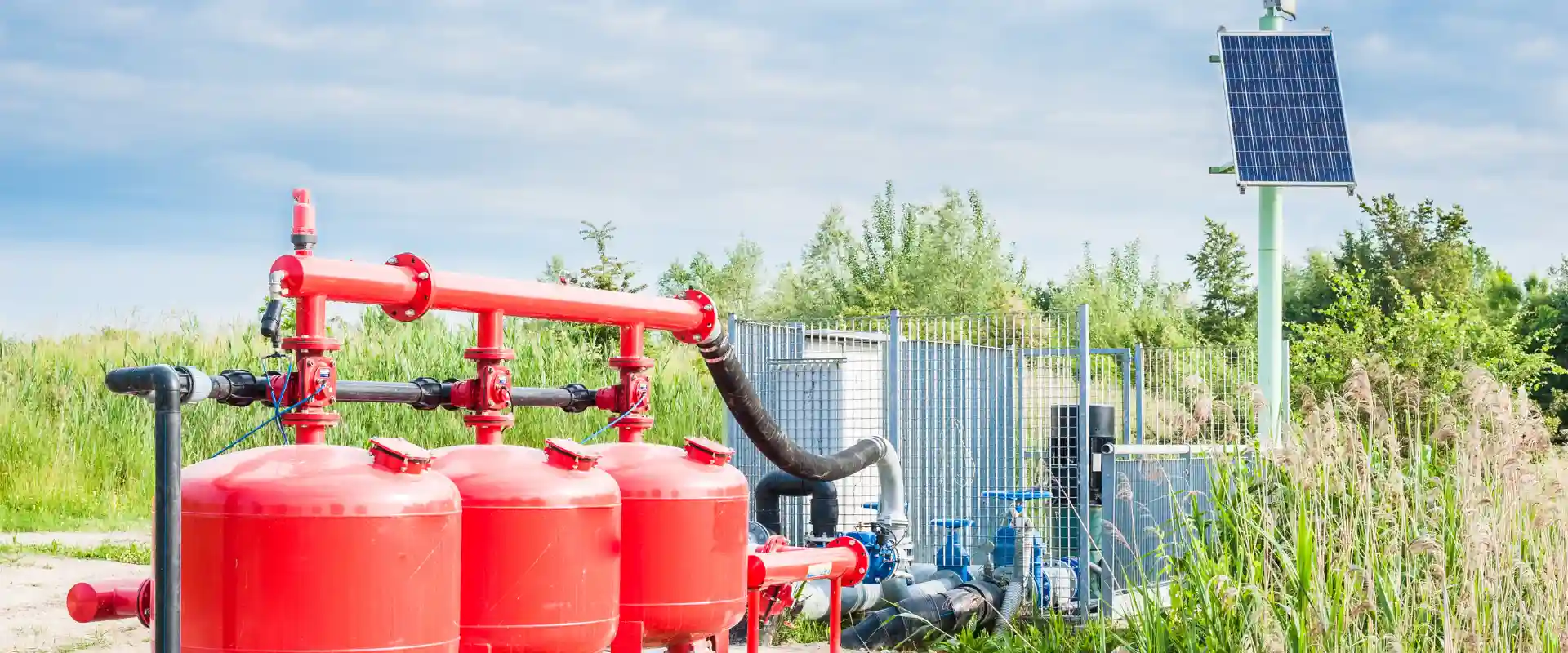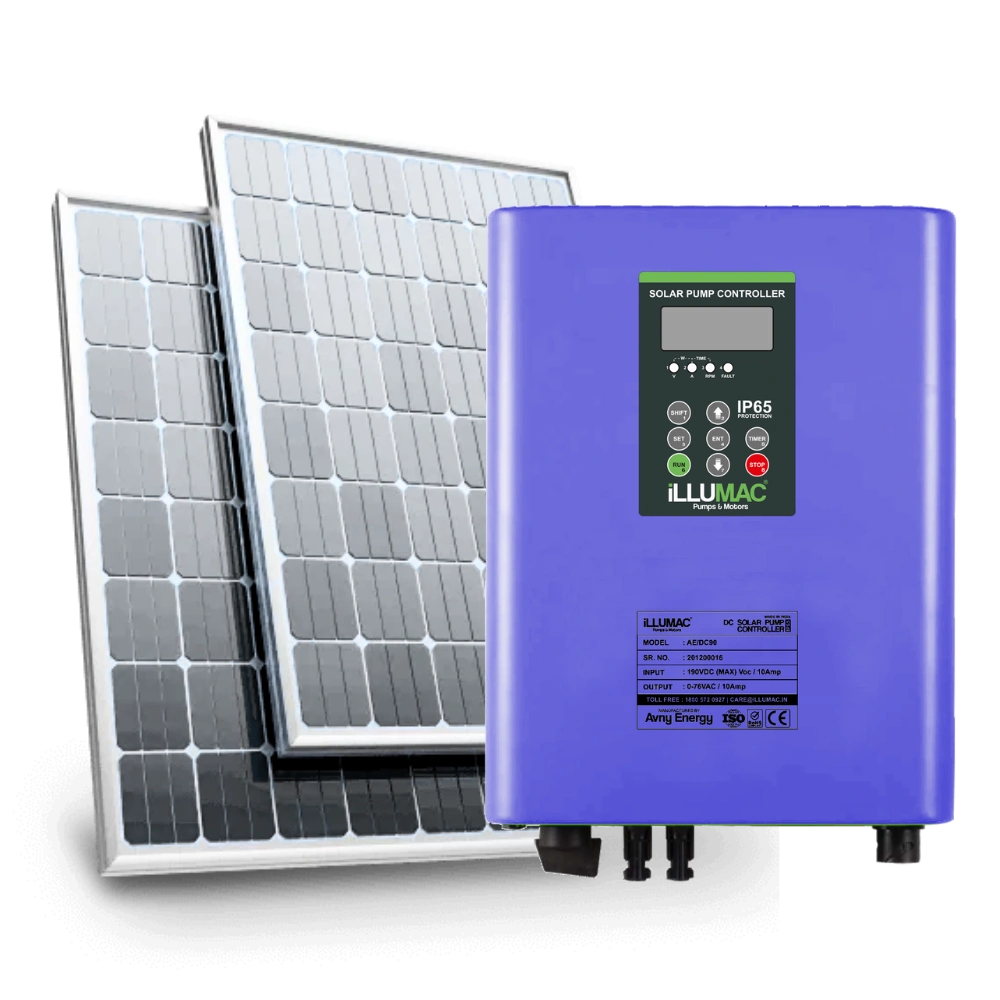- Home
- Blog
Solar Pump Controller Explained: Features, Functions & Advantages

Introduction
When it comes to solar-powered water pumping, most people focus on the pump and panels—but the real brain behind the system is the solar pump controller. Whether you’re running a submersible, surface, or centrifugal pump, the controller plays a critical role in maximizing efficiency, protecting your equipment, and ensuring uninterrupted operation.
In this blog, we’ll break down what a solar pump controller is, how it works, and why it’s essential for any solar pump system.
What Is a Solar Pump Controller?
A solar pump controller is an electronic device that manages the flow of electricity from the solar panels to the pump motor. It acts as an intelligent interface, balancing power supply, protecting against faults, and ensuring your pump operates smoothly and safely—even under fluctuating sunlight.
There are two main types of solar controllers:
MPPT (Maximum Power Point Tracking) Controllers
VFD (Variable Frequency Drive) Controllers (used in hybrid/AC systems)
Key Functions of a Solar Pump Controller
Power Optimization (MPPT Technology)
Motor Protection
-
Dry-run conditions (no water in well)
-
Over-voltage or under-voltage
-
Overload and overheating
-
Reverse polarity or short circuits
Auto Start/Stop
Soft Start Function
Monitoring & Control
-
Digital display of parameters (voltage, current, flow, RPM)
-
Remote monitoring via mobile app or GSM (IoT-enabled)
-
Integration with timers or float switches
With a controller, you get:
- Stable, reliable performance
- Protection from harsh field conditions
- Improved energy efficiency
- Longer pump and motor life
Case Example: How ILLUMAC’s MPPT Controller Saves a Farmer’s Investment
-
30% increase in daily water output
-
Elimination of pump burnouts
-
Zero manual intervention
Core Features of ILLUMAC Solar Pump Controllers
-
MPPT Efficiency ≥ 98%
-
Wide voltage range (90V–440V DC or AC input)
-
Auto-detection of pump type (submersible or surface)
-
Weatherproof, dustproof enclosures (IP65-rated)
-
Optional IoT Remote Monitoring (SMS/4G-based)
Comparison: MPPT vs VFD Controllers
Feature | MPPT Controller | VFD Controller |
|---|---|---|
Best For | DC Pumps | AC Pumps |
Efficiency | High | Moderate |
Cost | Slightly higher | Lower |
Compatibility | Solar-only systems | Solar + Grid/Hybrid |
Use Cases | Agriculture, remote solar-only areas | Industrial, hybrid setups |
How to Choose the Right Controller
- Pump type (AC/DC, submersible/surface)
- Power rating (1HP to 20HP and beyond)
- Operating voltage range
- Site conditions (dust, moisture, heat)
- Need for remote monitoring

